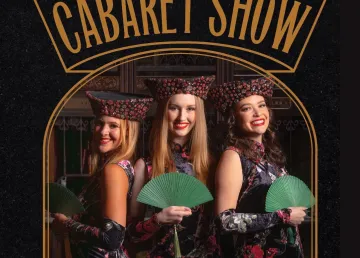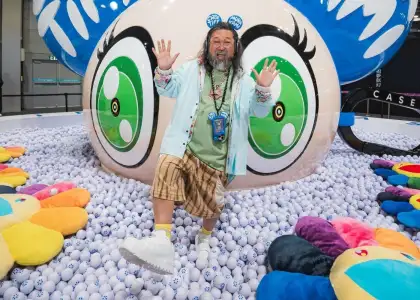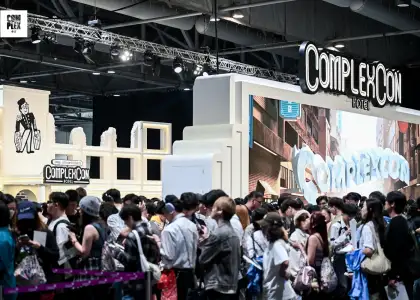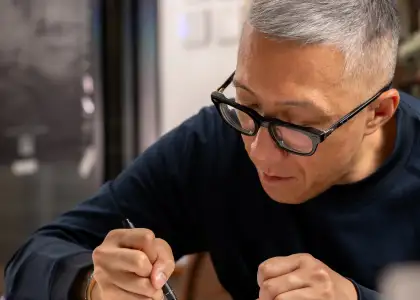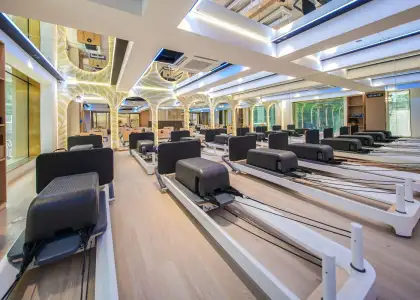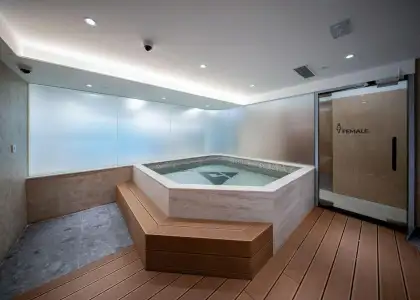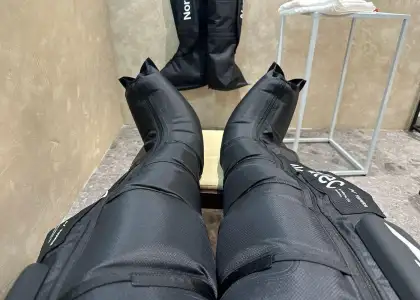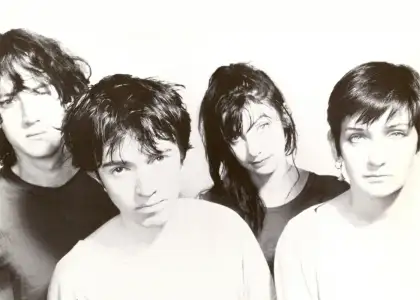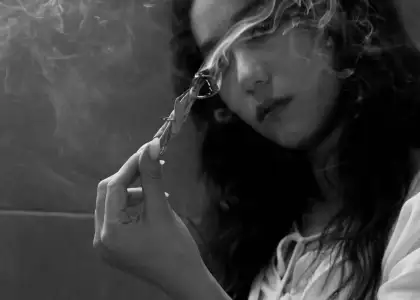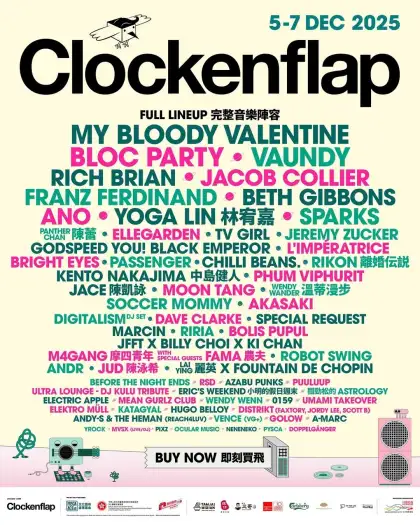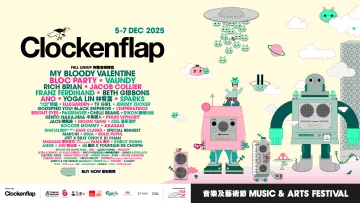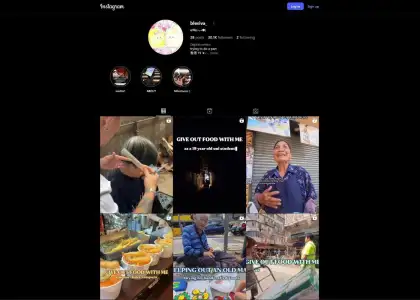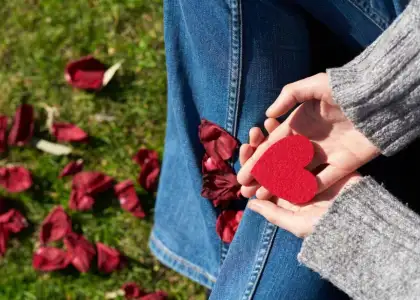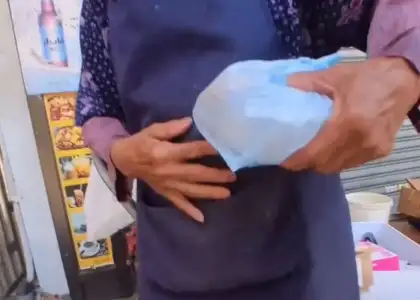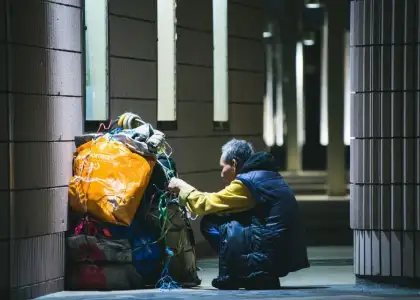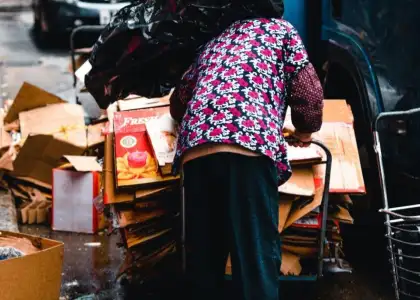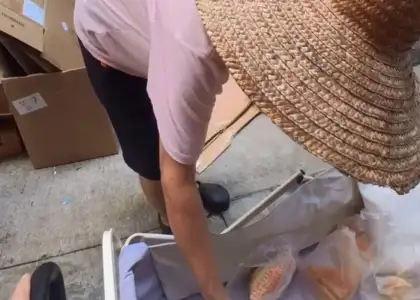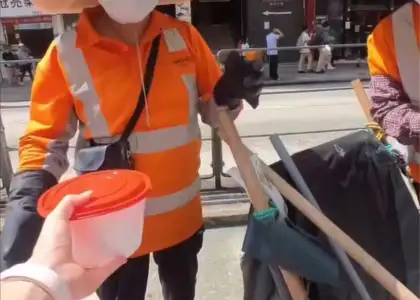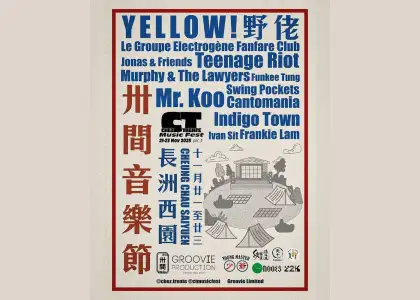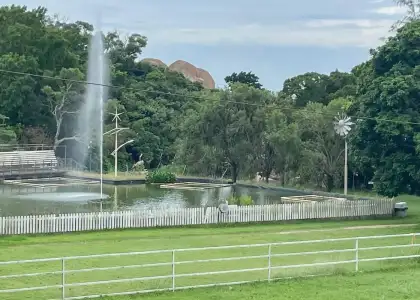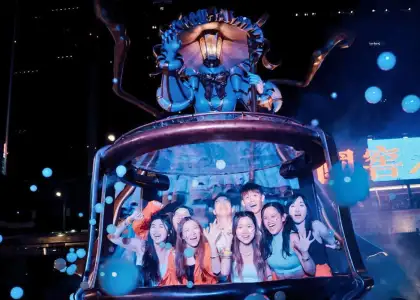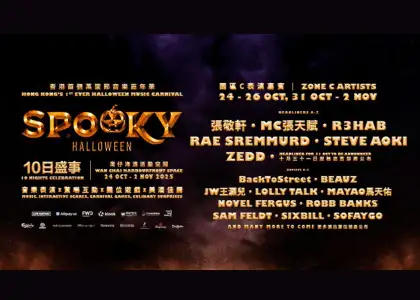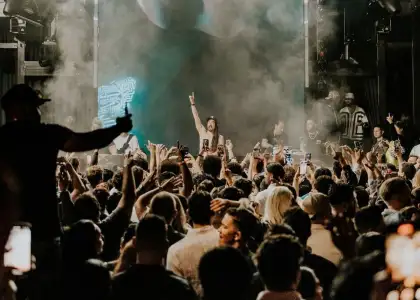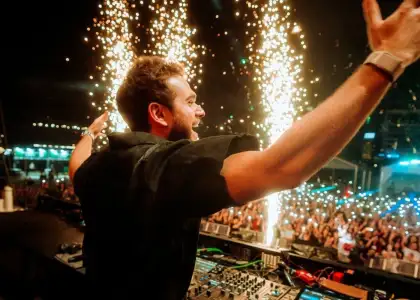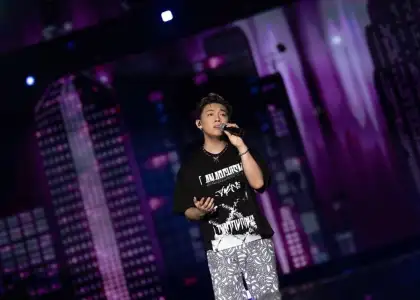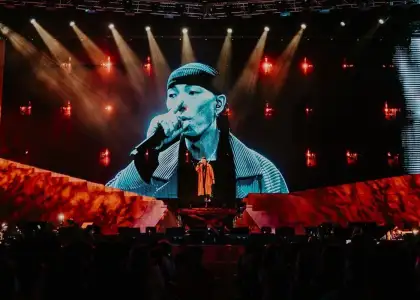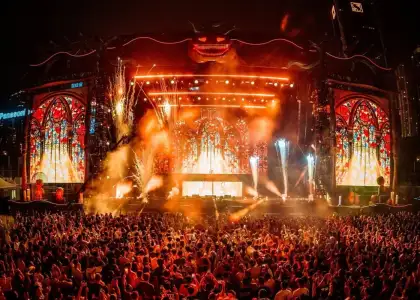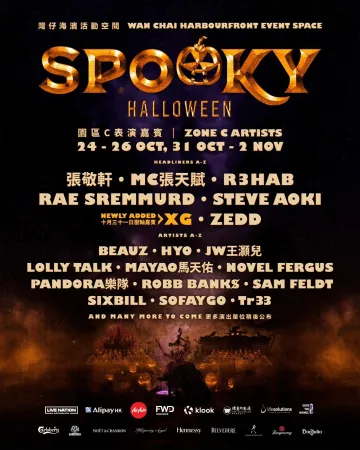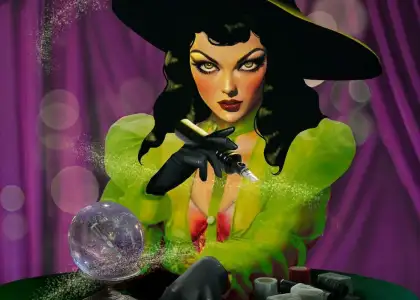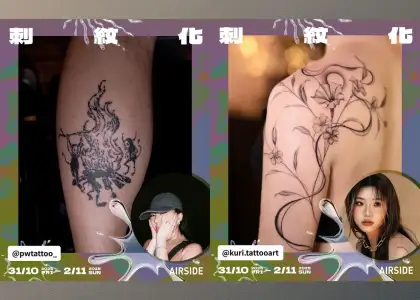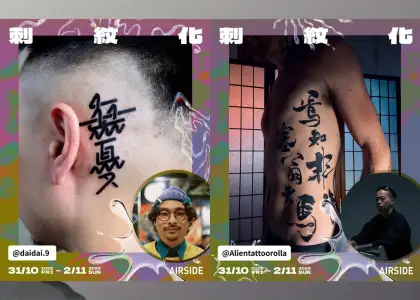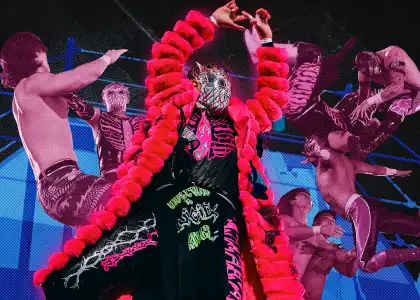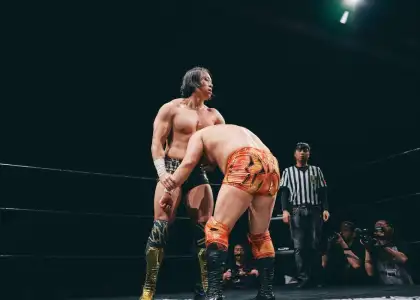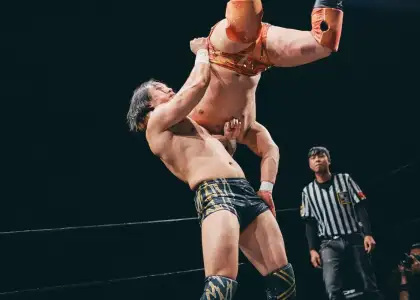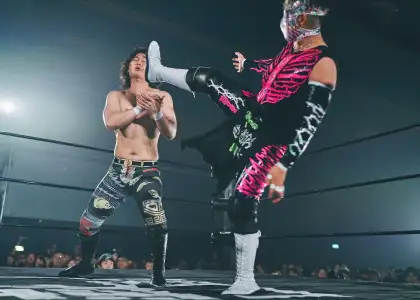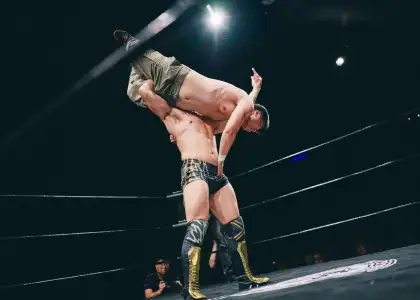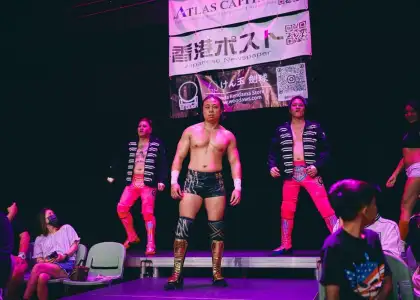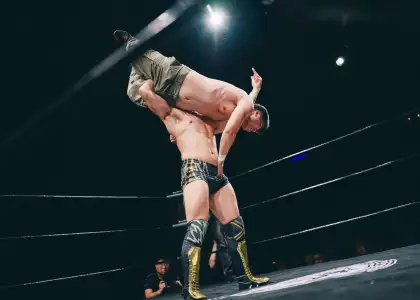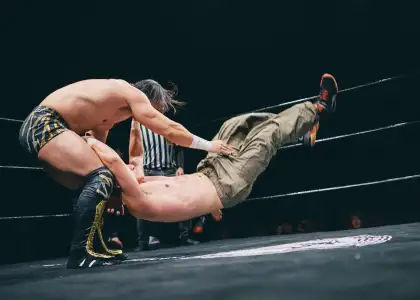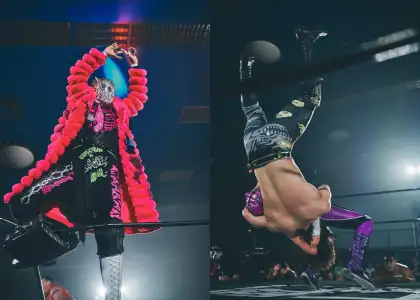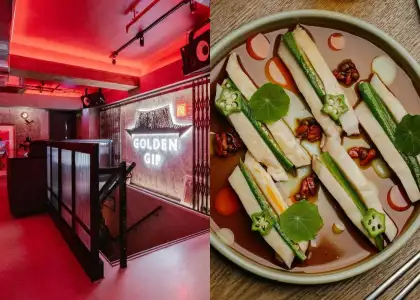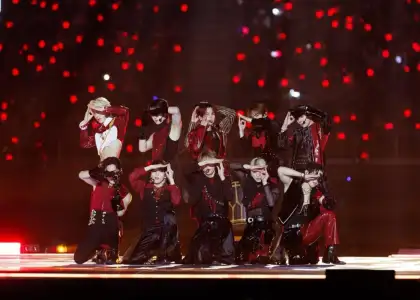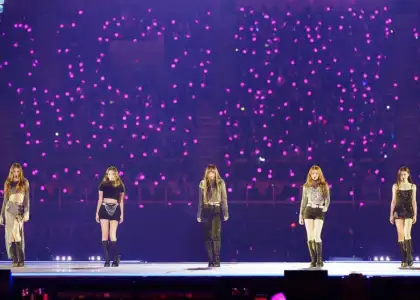Walk on the Dark Side! Inside IV Chan's Performance Piece for Art Central
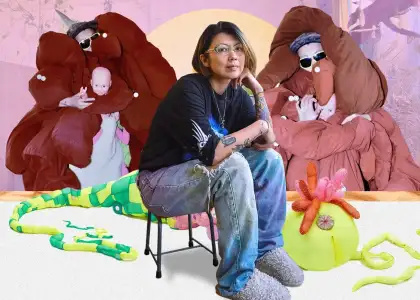
This Art Month, horror-comedy fans can expect a mix of gasps, shocks, and dark humor when multimedia artist IV Chan brings her newly commissioned performance piece, “Our Birthdays (uncut),” to this year's Art Central 2025.
Presented as part of the fair’s Performance program, “In Search of the Miraculous,” Chan’s piece reimagines the maternal figure as a vampire, drawing on the campy absurdity of Chinese B-movie horror comedies.
Chan’s artistic practice focuses on bodies and the corporeal, as well as their fragile and often grotesque ties to memory, environment, and maternal forces. Her works span sculpture, installation, photography, and performance.

In her other works, her textile sculptures — soft, bulbous forms — stitched, stuffed, and punctured — spill into the space and dangle from the ceiling. These whimsical, anthropomorphic sculptures, inspired by psychoanalysis, folklore, and mythology, straddle the line between the feminine and monstrous, evoking themes of childhood memory and identity.
With exhibitions at Art Basel, Sotheby’s Hong Kong, and Karin Weber Gallery under her belt, Chan is a fixture in the city’s contemporary art scene. She also designs costumes for film and theatre and teaches sculpture part-time at the Chinese University of Hong Kong.
The Beat Asia sat down with Chan to discuss her Art Central performance and the creative process behind her evocative, boundary-pushing work.
When did you first realize you wanted to be an artist? Was there a defining moment?
I never consciously thought about wanting to be an artist, but my obsession with building stuff, creating chaos, and exploring sensory experiences has always been a part of me.
My mother once reminisced about my primary school days, recalling how I would return home covered in dirt, my white uniform and socks stained, and my hair disheveled. She could only imagine the mischief I must have gotten into when she wasn't around.
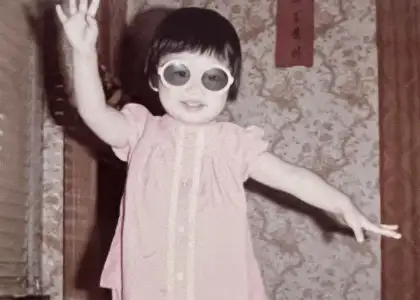
I was more inclined to cause trouble than focus on my studies. One day I would be punished for dissecting earthworms with a twig in the field, and another day, my mom would receive a call from the teacher for shaving erasers with a ruler during class.
My teenage years at a strict Anglican convent school surprisingly became a catalyst for my rebellious spirit. It was during this time that my curiosity about deconstructing and transforming began to take root, and this fascination has only deepened over the years.
What inspired this piece “Our Birthdays (uncut)"?
The concept for this performance originated from an imaginative scenario of a Chinese vampire giving birth inside a coffin. I found the idea of dressing up as the living dead and delivering a child in front of the audience both absurd and thought-provoking.
Your work often deals with the body — its vulnerabilities, transformations, and politics. How does this performance “Our Birthdays (uncut)” continue that conversation?
I was led to reflect on Marie Antoinette's traumatic experience of giving birth publicly to her first child. The intimate moment of a mother and child was transformed into a spectacle for unrelated onlookers, showing how private experiences can become public concerns. The iconic "Madonna and Child" image also came to mind. In my performance, I replaced the Virgin Mary, a symbol of virtue and purity, with a Chinese vampire, embodying mortality, rebellion, and nonconformity.
By creating this vampire as a maternal figure, I aimed to challenge the quintessential qualities of motherhood. This juxtaposition allows us to question traditional notions of motherhood and explore new narratives that blend the sacred with the macabre.
“Our Birthdays (uncut)” reimagines the vampire in Chinese cinema. What fascinates you about these figures?
I recall watching Chinese vampire movies in the late 80s, but never quite enjoying them. However, I was captivated by the vampires’ imagery. Typically portrayed by male actors, these characters often embodied an intriguing blend of femininity through their styling and excessive makeup, which lent them a cult-like appeal. The long-braided hair, prominent blush on pale cheeks, blood-red lips, and super-long fingernails all combined to create a strikingly campy impression that I found deeply intriguing.
Why were you drawn to the maternal archetype in Chinese cinema for this piece?
In my exploration of post-war black-and-white Chinese cinema, I noticed that female characters were often portrayed as either virtuous wives and mothers, diligent workers, or well-behaved daughters, or, at the opposite extreme, as morally corrupt and evil. I find these dichotomous female roles deeply unsettling. To me, they are as frightening as vampires, embodying a rigidity that feels suffocating.
How do they intersect with the themes of queerness and horror in your work?
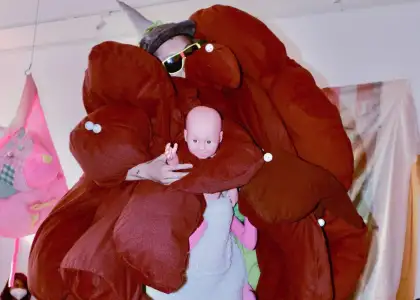
Vampires in films exist in a liminal state, they are neither fully alive nor entirely dead. From my perspective, this liminality resonates with the essence of queerness. It is about being in a constant state of metaphorical transformation, resisting fixed categorizations, and embracing fluidity.
Your work spans sculpture, installation, photography, and performance. Can you describe your creative process?

I've noticed that I often start projects with an imaginary character in mind, who is partially a reflection of myself. Usually, I create individual sculptures in response to this character. As the fabrications grow, they sometimes reach a scale that necessitates situating them within a specific scenario, which prompts the revelation of a secret, myth, or narrative.
This process often leads to a desire to create larger installations, where multiple sculptures, special lighting, and other theatrical elements can come together to form a more comprehensive presentation. Occasionally, I incorporate performance into these installations, bringing the imaginary character to life and exploring new personas as we progress.
How do the different mediums you work with influence each other throughout your creative process?

What I particularly enjoy is the aftermath of the installation after it has been activated by the performance. The presence of the objects and the space feels more natural and authentic, less artificial and carefully arranged. The "mess" created by the performance is, to me, beautiful.
As for photography, I primarily focus on black-and-white nude self-portraits. I haven’t properly shown them yet. I see them as bodily exercises, finding forms in front of the mirror, unleashing personas through the lens.
Recently I have been working on setting up my own darkroom in the studio, with the hope that it will soon be fully operational.
Location: Central Harbourfront Hong Kong, 9 Lung Wo Road
Stay connected with IV via her website, Facebook or Instagram.
Enjoyed this article? Check out our previous Artist Spotlight profiles here.
Get the latest curated content with The Beat Asia's newsletters. Sign up now for a weekly dose of the best stories, events, and deals delivered straight to your inbox. Don't miss out! Click here to subscribe.




